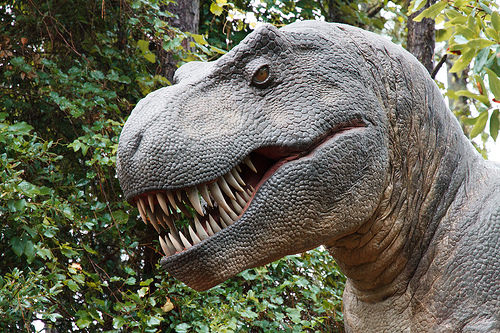By the nonfiction author Jonathan Whitcomb
UPDATE: To demonstrate internet security and support all worthy online sites, “https” has been added to the URL’s of the links of this post “Carbon Radiometric Dating and Neutron Capture Speculation.” Actually those sites were always safe, but this action demonstrates that they are certified secure.
Before getting into details about potential neutron capture and how it relates to radiometric dating of dinosaur bones, consider this introduction. According to the Paleo-Group web site (“Carbon Dating of Fossils“):
Almost all paleontologists never date dinosaur bones, because they have assumed for some time that the bones have to be millions of years old. True science is all about measurement and verification of the assumptions underlying each old theory in order to improve or replace outdated ideas.
Scientific methods and instrumentation have greatly improved since the earlier days of dinosaur dating, and those old assumptions are now being tested.
Indeed, many dinosaur fossils have been carbon-dated in recent years, with surprising results. Let us approach this with courage, accepting whatever results the scientific testing gives us. If there has been a problem with the testing methods, then we can improve them and test more dinosaur bones with improved methods.
Speculation: Neutrons Being Captured
On the site British Centre for Science Education, a comment from Steve660 included, “Fossil bones are often enriched in uranium . . . although this would not explain why the pMC values are similar across all the constituents.” (He was referring to the possibility that neutron-capturing may have been at least part of the cause for surprisingly young carbon-14 dates for dinosaur remains.) Steve660 may have failed to dig deeply enough, doing insufficient research. The problems with that conjecture are much more serious than he seems to realize.
The KGOV site “Carbon 14 and Dinosaur Bones” goes into detail on the problems with neutron-capture speculation:
- A lot of nearby radioactivity is needed to produce even a small amount of carbon-14 in the ground, meaning through neutron capture, but C14 is found in specimens from around the world
- Radioactivity in the ground is relatively scarce, absent in most areas
- Data from dinosaur bones was presented at the 2012 AGU conference: Less than 20 parts per million of uranium and thorium were in the materials that had a lot of modern carbon . . .
- Carbon actually does poorly in capturing neutrons, with much heavier elements doing much better
- “Nitrogen creates carbon-14 from neutrons 110,000 times more easily than does carbon,” which makes the neutron-capture conjecture highly unlikely, considering what is known from the data
- Because of relative scarcity of radioactive substances in the earth’s crust, diamonds (which have been shown to have significant C14) destroy the neutron-capture speculation
Radioactive Carbon in Dinosaur Bones
Fossils of dinosaurs have significant amounts of C14. According to popular ideas about the “age of dinosaurs,” those bones should have no radioactive carbon at all. The result: Laboratories in the United States no longer date dinosaur bones. It makes the old ideas about “millions of years” look ridiculous, so those scientists refuse to carbon-date them.
.
Photo by Michael Bentley
###
.
Neutron Capture in Carbon-Dated Dinosaur Bones
Some scientists are feeling awkward trying to get their hands around a T-Rex type dinosaur that appears much younger than it “should be.” The Allosaurus remains in question were excavated in 1989 in Colorado.
Carbon radiometric dating of dinosaur bones
Carbon-14 dating of dinosaur fossils in a number of areas of North America—that confirms the recent ages of those dinosaurs, for the C14 methods used by the laboratories and the researchers involved had guarded against contamination, making the evidence valid.
Dinosaur Fossils Being Radiocarbon Dated
Both the carbon-14 dating results and the discovery of soft tissue in incompletely fossilized dinosaur bones share the common theme of being indicators of much younger ages for dinosaurs than evolution claims.
Dinosaurs Carbon-Dated to < 40,000 Years BP
For generations, Americans and peoples of other Western countries have been indoctrinated . . . with continuous proclamations about all of the dinosaurs and pterosaurs becoming extinct many millions of years ago. . . . So why do we always seem to find that isotope of carbon [radioactive C14] when we do that testing on dinosaur bones? [Those animals lived much more recently than most scientists had assumed.]
.



